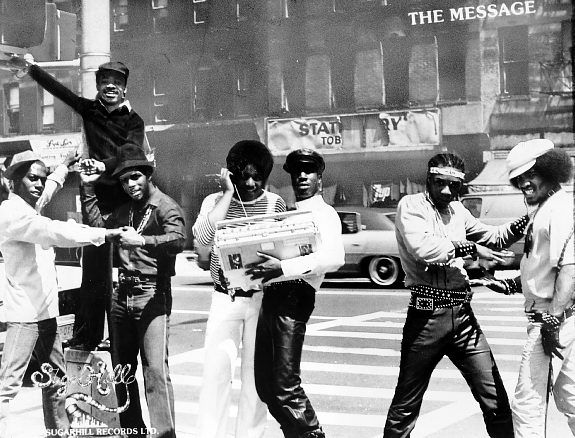Hip hop is a global cultural phenomenon that has taken the world by storm. Originating in the Bronx, New York City, in the late 1970s, hip hop has since spread its wings and has become an integral part of the global music industry. While the genre has its roots in the United States, it has been embraced by musicians all over the world.
India, too, has seen a surge in the popularity of hip hop in recent years, with many Indian rappers gaining worldwide recognition. In this article, we will compare Indian hip hop with Western hip hop and analyze the differences between the two.
Indian hip hop is a relatively new genre that has gained momentum in recent years. While hip hop has been a part of the Indian music scene since the 1980s, it wasn't until the mid-2010s that Indian hip hop gained widespread popularity.
Indian hip hop is a relatively new genre that has gained momentum in recent years. While hip hop has been a part of the Indian music scene since the 1980s, it wasn't until the mid-2010s that Indian hip hop gained widespread popularity.
The genre has its roots in the underground rap scene in Mumbai, where a group of young musicians started experimenting with hip hop beats and rhymes. Today, Indian hip hop has spread to all parts of the country, with rappers from cities like Delhi, Bangalore, and Kolkata making their mark on the scene.
One of the most significant differences between Indian hip hop and Western hip hop is the cultural context in which the music is created. Hip hop originated in the African American and Latinx communities in the United States, and it reflects the social and political issues faced by these communities.
One of the most significant differences between Indian hip hop and Western hip hop is the cultural context in which the music is created. Hip hop originated in the African American and Latinx communities in the United States, and it reflects the social and political issues faced by these communities.
In contrast, Indian hip hop reflects the unique cultural and social context of India. Indian rappers often touch upon themes like poverty, corruption, and social inequality in their music.
Another difference between Indian hip hop and Western hip hop is the language used in the lyrics. While most Western hip hop is in English, Indian hip hop is predominantly in Hindi and other Indian languages. This has allowed Indian rappers to connect with local audiences on a deeper level, as the lyrics often touch upon issues specific to Indian society. Indian hip hop also draws inspiration from Bollywood music, and many Indian rappers use samples and remixes from popular Bollywood songs in their music.
Indian hip hop has also been influenced by regional folk music, and many rappers incorporate elements of folk music into their beats and lyrics. For example, Mumbai-based rapper Divine's breakout hit "Mere Gully Mein" features a sample from a popular Marathi folk song. Similarly, Bangalore-based rapper Brodha V's "Aigiri Nandini" remix incorporates elements of the traditional Hindu devotional song of the same name.
Another significant difference between Indian hip hop and Western hip hop is the way the genre is perceived by society. In the United States, hip hop has often been seen as a subversive art form that challenges mainstream culture and challenges societal norms.
Another significant difference between Indian hip hop and Western hip hop is the way the genre is perceived by society. In the United States, hip hop has often been seen as a subversive art form that challenges mainstream culture and challenges societal norms.
In India, however, hip hop has often been viewed as a "rebellious" genre that is associated with urban youth culture. Despite this, Indian hip hop has gained mainstream acceptance in recent years, with many Bollywood films featuring hip hop-inspired songs and dance routines.
The Indian hip hop scene has also been marked by the emergence of several prominent rappers who have gained international recognition. Mumbai-based rapper Divine shot to fame with his breakout hit "Mere Gully Mein" and has since collaborated with international artists like Nas and Dave East.
Other notable Indian rappers include Naezy, Raftaar, Emiway Bantai, and Prabh Deep, all of whom have gained a significant following in India and abroad. Western hip hop, on the other hand, has been a dominant force in the global music industry for several decades. The genre has produced some of the most iconic musicians of our time, including Tupac Shakur, Notorious B.I.G., Jay-Z, Eminem, and Kanye West.
Western hip hop, like Indian hip hop, has also been shaped by the social and political issues of the communities from which it originated. The genre has been used as a tool for protest and activism, with many rappers using their music to bring attention to issues like police brutality, racism, and poverty.
The lyrics in Western hip hop often reflect the experiences and struggles of the African American and Latinx communities in the United States, and the genre has been credited with bringing attention to these issues on a global scale. Despite the differences between Indian and Western hip hop, both genres share a common goal of using music as a means of self-expression and social commentary.






Comments
Post a Comment
Let me know, what you guys think of the article.